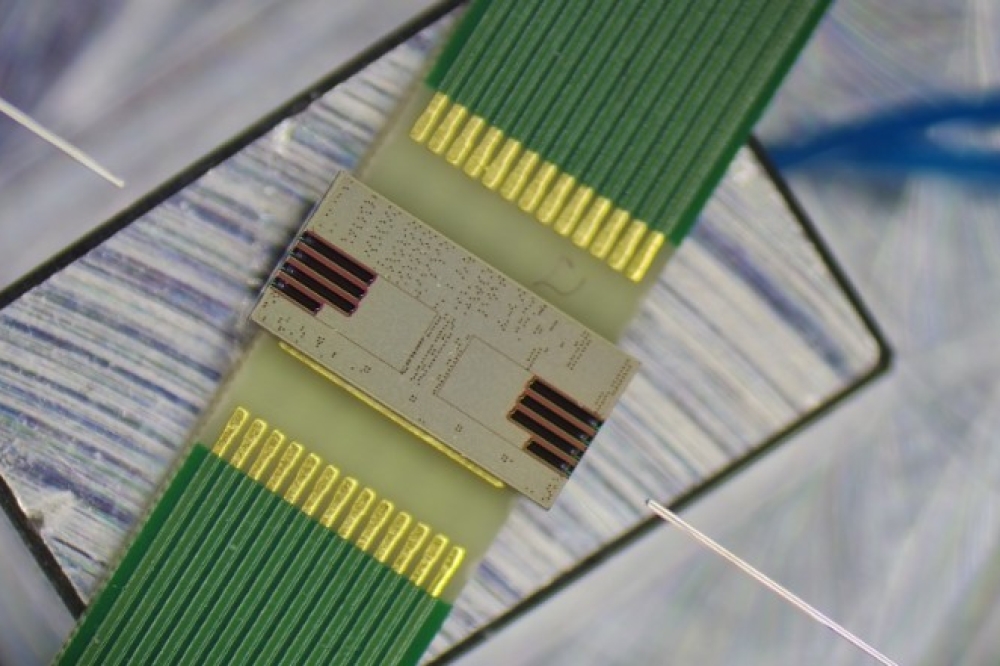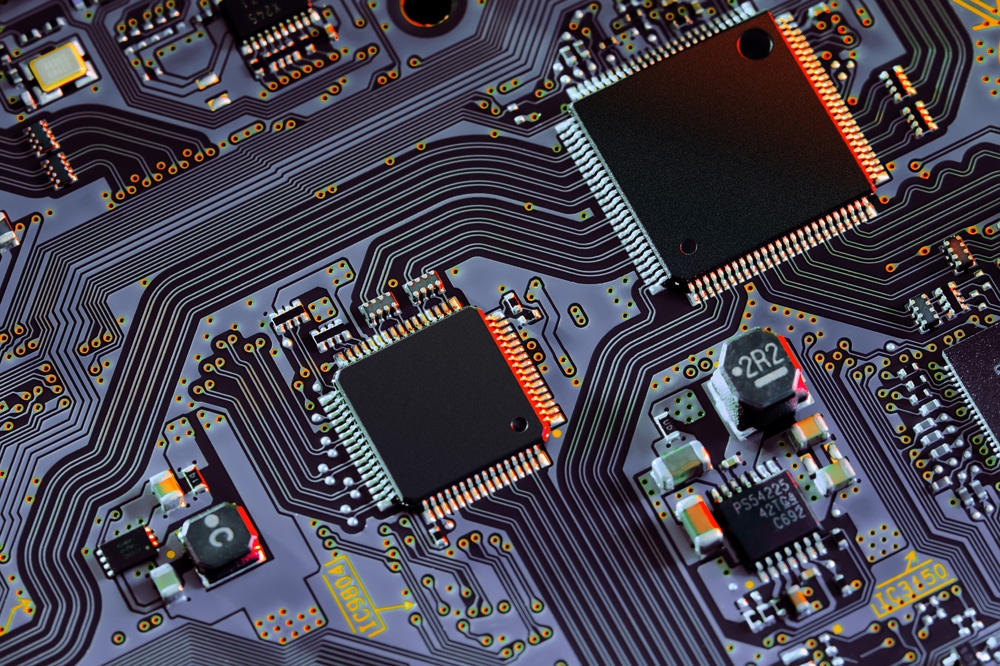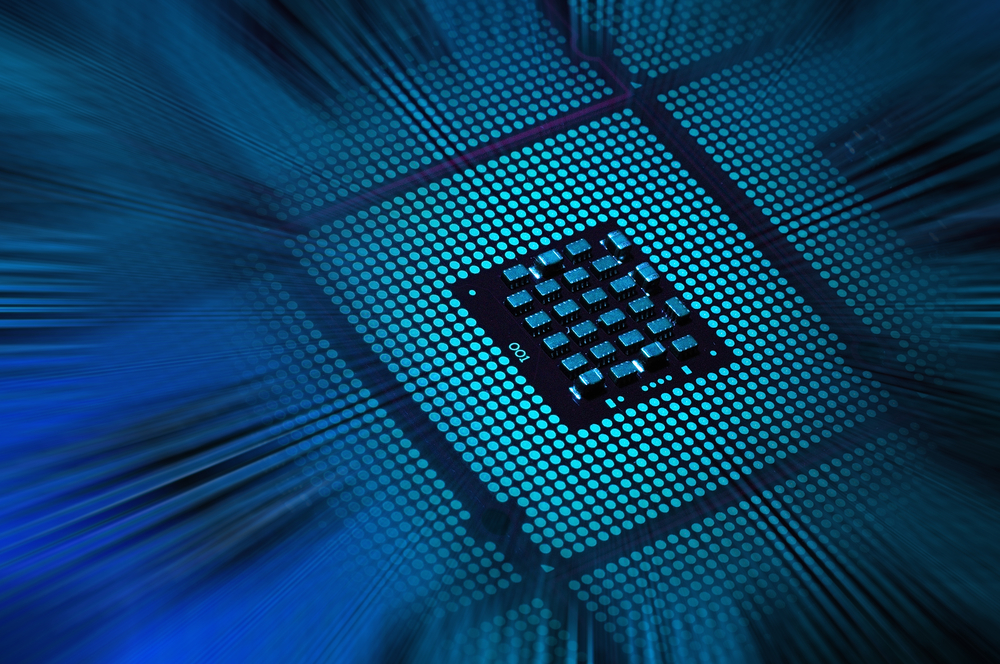Heidelberg University develops plug-and-play connector for low-loss fibre-to-PIC coupling

Researchers at Heidelberg University have demonstrated a plug-and-play fibre-to-chip connector that enables low-loss, alignment-free coupling for photonic integrated circuits (PICs). This breakthrough addresses a major bottleneck in PIC deployment, where optical interfacing typically requires time-consuming, precise alignment of fibres to on-chip waveguides.
The new connector uses high-precision 3D microprinting directly on the chip to create total internal reflection (TIR) micro-optics and a passive mechanical interlock. Multi-fibre termination push-on arrays (MTP) align automatically with the 3D-printed structures, achieving sub-dB insertion loss and broadband performance across multiple ports. Packaging time is reduced to under three minutes per port, demonstrating scalability for high-volume manufacturing.
The approach was validated on a 16-input-port photonic tensor core for neuromorphic computing, combining optical and mechanical alignment in a single process. By enabling reproducible, cost-efficient, and scalable PIC packaging, the plug-and-play connector paves the way for next-generation photonics systems in communications, quantum computing, and neuromorphic processors.
This work highlights the potential of additive manufacturing for integrated photonics, bridging the gap between lab prototypes and industrial-scale deployment.































